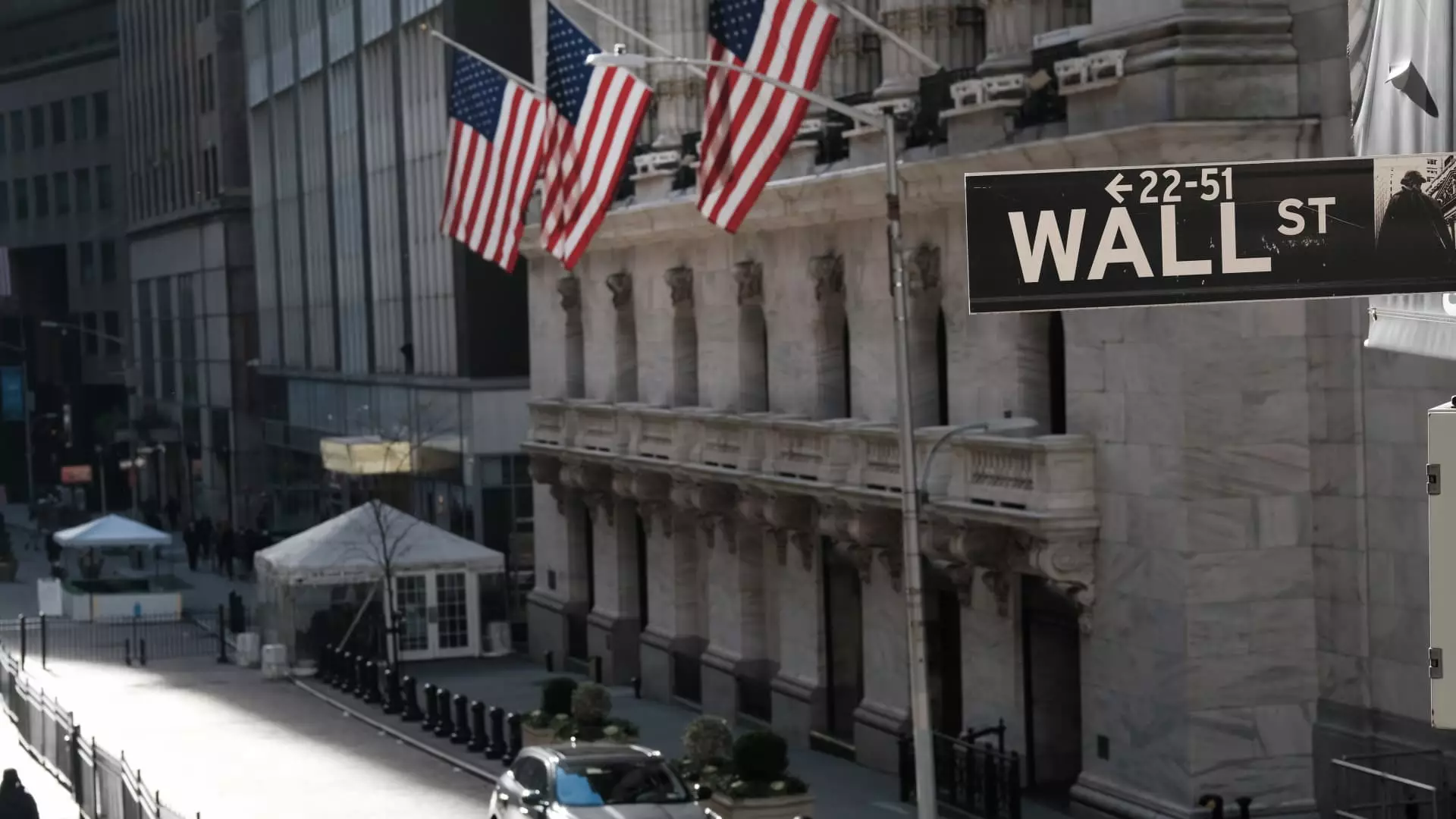In a moment that could reshape the landscape of American finance, the Federal Reserve has unveiled a proposal to ease a critical capital rule that has long acted as a protective barrier for our economy. This move, ostensibly designed to enhance liquidity in Treasury markets, is fraught with risks that those in power seem all too eager to overlook. The enhanced supplementary leverage ratio (eSLR), the rule under scrutiny, is a pivotal mechanism ensuring that the nation’s largest banks maintain sufficient capital buffers. By diluting these requirements, the Federal Reserve is dangerously flirting with the very foundations of financial stability.
The eSLR was born out of the lessons learned from the 2008 financial crisis, an urgent reminder of what unchecked banking practices can lead to. Its primary purpose was to ensure that financial institutions do not overextend themselves, particularly in risky investments. However, the very architects of this framework—the regulators—now appear to be caving to the pressures exerted by Wall Street executives who claim that these regulations are stifling their growth and operational flexibility. This shift in focus raises crucial questions about the Federal Reserve’s commitment to safeguarding consumer interests over those of powerful bank lobbyists.
Dissent Within the Ranks
Notably, dissent has emerged even from within the ranks of the Fed. Officials like Vice Chair for Supervision, Michelle Bowman, and Governor Christopher Waller argue that loosening capital requirements could bolster the Treasury market and ensure that U.S. banks can weather future financial storms. However, the contrary perspective from Governors Adriana Kugler and Michael Barr urges caution. They argue that such regulatory rollbacks are likely to encourage risky shareholder distributions rather than enhance market intermediation. Barr’s assertion that these changes could propel firms to prioritize short-term returns overlooks the inherent instability that might ensue.
When the pinnacle of monetary authority is divided over its core mandate, we must profoundly question whether the proposed regulatory changes are more about appeasing industry giants than about actual economic health. Bowman’s logic, which suggests that this proposal could build resilience, seems to overlook historical precedents where similar cuts led to chaos rather than security. The very behaviors this new implementation seeks to stimulate—pushing banks to hold more low-risk Treasury securities—could just as easily allow these Goliaths to engage in the “highest return activities” that prioritize profits at the expense of prudence.
Fostering a Culture of Recklessness
The rollback of the eSLR may very well end up encouraging a culture of reckless risk-taking among financial institutions—characterized by a troubling short-term focus on profitability rather than long-term sustainability. By lowering capital requirements, the Federal Reserve risks inviting the very behaviors that precipitated the 2008 crisis. The financial sector has a troubling tendency to exploit regulatory loopholes, and the proposed changes could provide just the ammunition needed for banks to inflate their balance sheets irresponsibly.
Currently, the existing regulation mandates banks maintain a leverage ratio of 5%, but the Fed’s proposal seeks to reduce this number to a range of just 3.5% to 4.5%. The potential introduction of these lax standards sends a clear message: the risks associated with capital mismanagement have been diminished, and the imperative to safeguard economic stability is significantly weakened. This logic is perplexing at best—it’s as if we’ve learned nothing from our tumultuous past.
Aligning With Global Standards, But at What Cost?
In proclaiming that their changes align with internationally recognized Basel standards, the Fed seemingly places more importance on global optics rather than the domestic ramifications. The argument that American banks should conform to international norms, especially when such norms might steer them toward complacency, rings hollow. As we remember the grim toll of the last financial crisis, regulatory frameworks should prioritize real safeguards over appearances and superficial compliance with global standards.
The historic American ethos has always revolved around ensuring a level playing field, protecting the average citizen from the whims of financial behemoths. Should the Federal Reserve betray this mission for the immediate satisfaction of Wall Street, it risks creating an environment ripe for future crises, compelling everyday Americans to pick up the pieces. As we stand at this crucial crossroads, we must clamour for a more balanced financial framework that favours long-term stability over the fleeting allure of deregulated markets. The stakes could not be higher.

